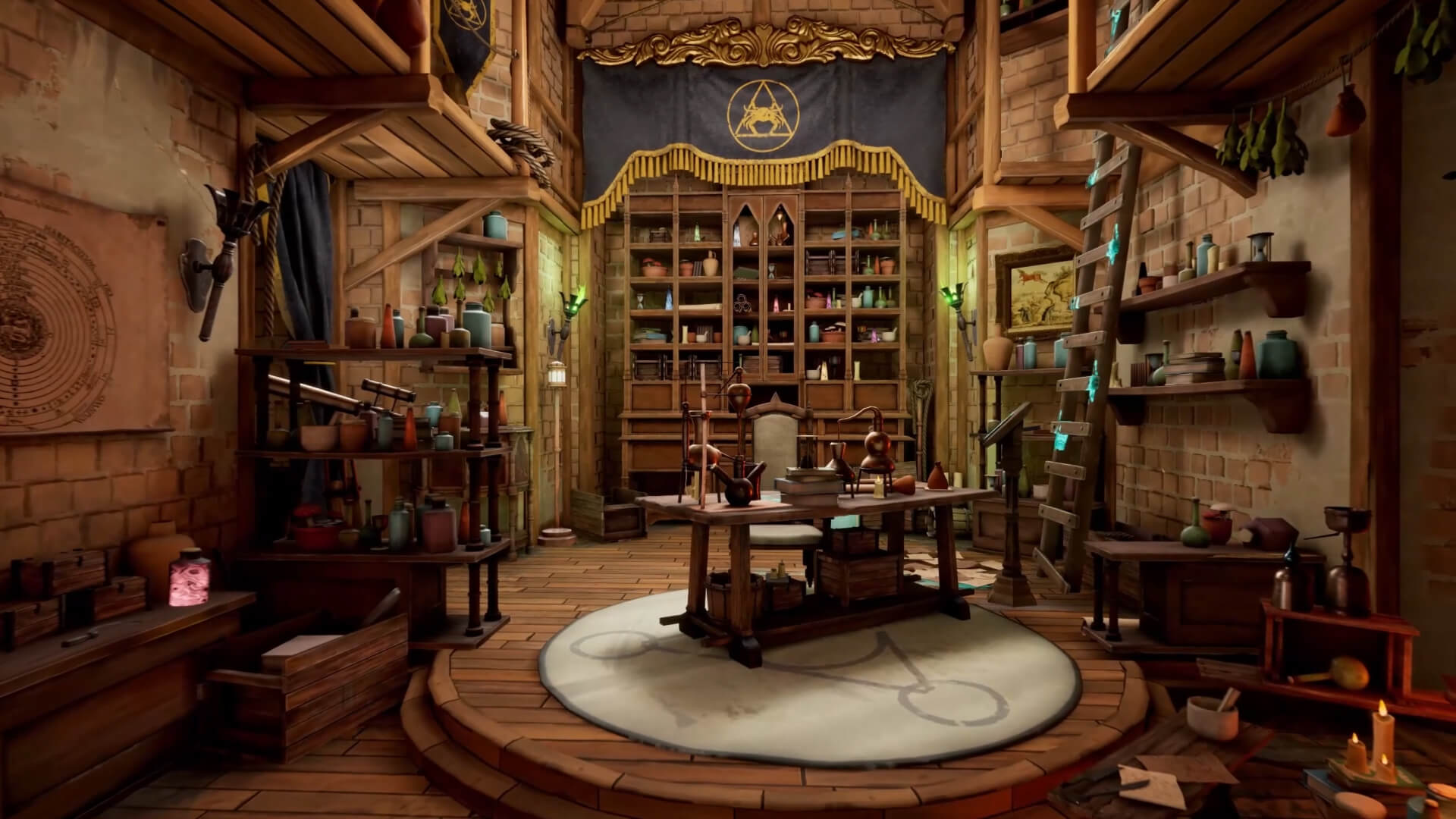news • 27 June 2024
What is immersive media design?

Imagine having the power to make people feel like they’re truly inside a story, performance, video game, or learning experience. That’s exactly what immersive media allows you to do. And, as technology continues to evolve and innovation flourishes, the opportunities this type of media brings creators are limitless.
Officially ranked first in the world for Production Excellence in Immersive Media by The Rookies in 2023, we know a thing or two about the art form. Here, we outline the different forms immersive media design takes, where it’s heading in the future and what opportunities lie ahead.
What is immersive media?
The simplest immersive media definition is, basically, a set of digital experiences that make you feel like you’re really there. To be more specific, these simulated environments merge physical and digital worlds, allowing users to interact with content in more intuitive and natural ways. The main types of immersive media include:
- Augmented reality (AR), where digital things are brought into the real world (think Pokémon GO, or Specsavers’ virtual glasses try-on).
- Virtual reality (VR), which puts the user in a completely digital world (like wearing a VR headset to explore space, or even just a property up for sale).
- Mixed reality (MR), combining both real and digital worlds so they interact (for example, seeing and touching 3D holograms in your room).
- 360-degree video, which provides an immersive experience in which users can look around in all directions within the video (usually with VR headsets).
What is immersive media design?
So who gets to build all of these reality-bending worlds? The future is at the hands of designers. With all kinds of new technology emerging, there’s no shortage of paths those looking to go down an immersive media degree route can follow, with fields ranging from education, health, social communication, art, entertainment, branding, spatial installations and business. Let’s take a closer look at each:
Storytelling and entertainment
Immersive media design is changing how stories are told. By combining technical and artistic expertise, visuals can be optimised to make them more engaging and interactive. Unlike traditional media, where the audience simply watches, immersive media puts users right in the middle of the action. They can explore the environment, interact with characters, and even influence how the story unfolds – creating a deeper emotional connection and more memorable experience.
The best example of this is in video games that use VR, AR, or MR to build worlds gamers can engage and interact with in ways traditional media can’t offer. They can physically swing their sword, cast spells with hand gestures, or look around fantasy kingdoms as if they’re truly there.
Likewise, films are also evolving, with 360-degree videos and VR films providing new ways to experience stories. For instance, imagine watching a mystery thriller where you can look around each scene, finding hidden clues, and making decisions that impact the film's ending.
Education and training
Immersive media is making education more effective and engaging. Think interactive simulations, virtual field trips, and AR-enhanced textbooks that help students learn more efficiently by putting them in interactive environments. All of this helps students and professionals understand complex concepts and remember information in a more dynamic and impactful way.
For example, medical students can practise surgeries in a virtual environment. They might perform a virtual heart transplant, where they can see the meticulous anatomy and carry out the procedure without any risk to real patients. In schools, pupils can explore ancient civilisations through VR in history class or see how landscapes change over time with AR in geography.
Branding and retail
Immersive media design is definitely transforming the future of branding and retail, creating more interactive and personalised customer experiences. AR allows customers to try on clothes virtually or see how furniture will look in their homes before buying it. And in real estate, VR tours are allowing potential buyers to explore properties from anywhere in the world.
The future of immersive media design
As technology advances, the possibilities for immersive media design are infinite. Innovations in artificial intelligence, 5G connectivity, and wearable tech will make immersive media even more powerful and accessible.
For artists and creators, an immersive media degree offers exciting opportunities in a wide range of industries. At Escape Studios, we don’t teach game development the traditional way. In fact, The Rookies ranked us number one in the world for Production Excellence in Immersive Media for our particular focus on the unique challenges and opportunities of AR, MR and VR game development.
Our graduates have gone on to work at VR developers such as nDreams and XR games, as well as working in Realtime VR-related industries such as architecture and other immersive media.
Curious about immersive media design? Explore our degrees in games and gain the transformative power to change the way we interact with digital content and the world around us.




